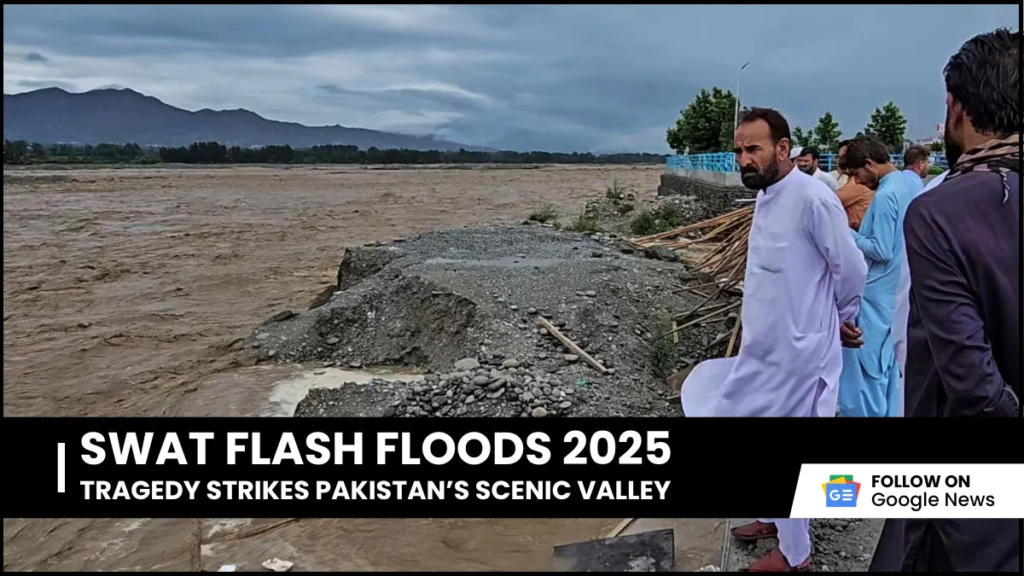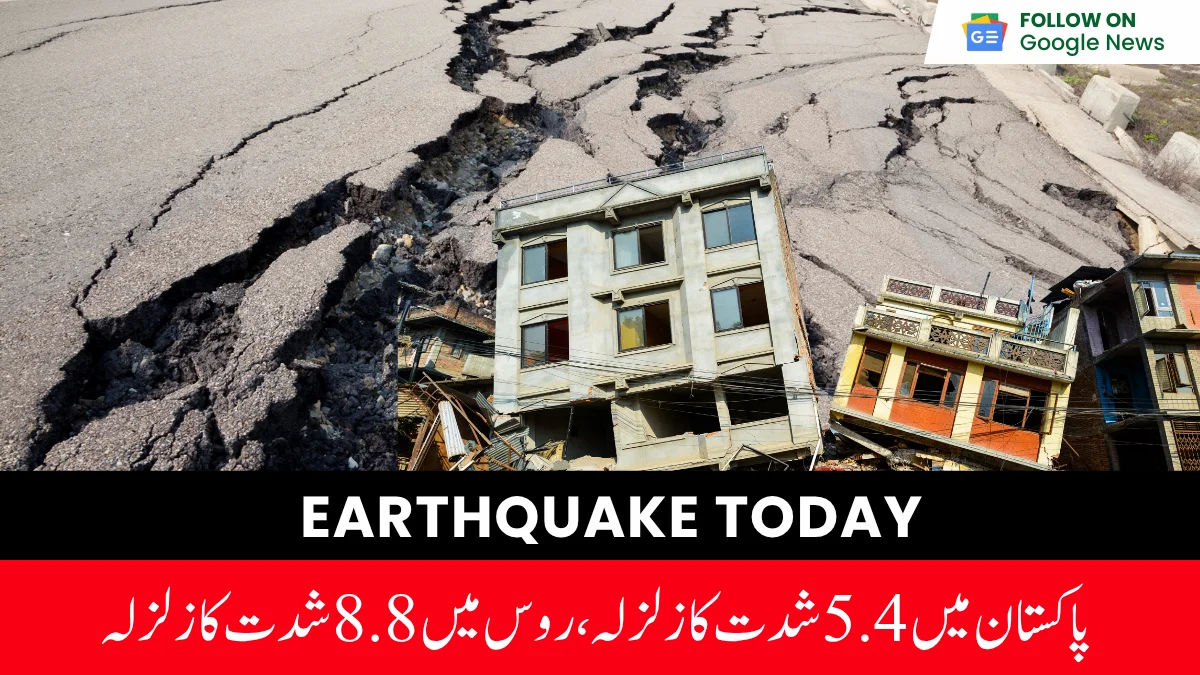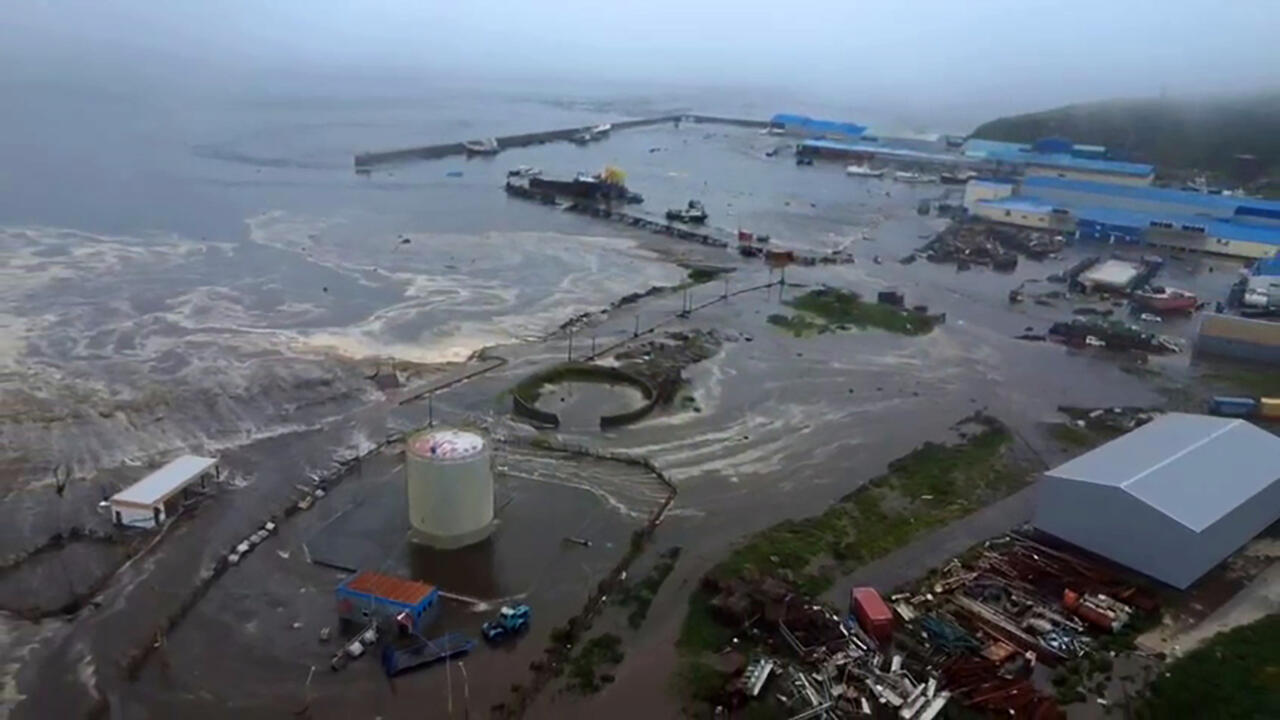
Swat Flash Floods 2025: Tragedy Strikes Pakistan’s Scenic Valley
- Zain Ul Abideen
- Reading Time 7

On June 27, 2025, devastating flash floods in Pakistan’s Swat River swept away dozens of people, leaving a trail of loss and destruction in Khyber Pakhtunkhwa province. Triggered by heavy pre-monsoon rains, the Swat floods claimed at least 11 lives, with several others still missing. This heartbreaking Swat incident has once again highlighted the growing dangers of climate change and the urgent need for better disaster preparedness in Pakistan.
Swat River Incident: What Happened?
The Swat River, a popular tourist spot in the scenic Swat Valley, turned deadly on Friday when sudden floodwaters engulfed picnickers along its banks. According to local officials, a group of tourists, including an extended family of 16 from Sialkot, was enjoying a picnic near Fizagat when the waters surged. Children taking photos in the river were caught off guard, and relatives who rushed to save them were also trapped.
Rescue teams reported that 73 people were stranded across various locations along the Swat River. So far, 58 have been rescued, but 11 bodies, including four men, three women, and four children, have been recovered. Four individuals remain missing, and search operations continue despite strong river currents posing challenges.
Impact of Flash Floods in Swat
The flash floods in Swat have caused widespread damage. The Provincial Disaster Management Authority (PDMA) of Khyber Pakhtunkhwa reported that 56 homes were damaged, with six completely destroyed and 50 partially affected. Roads and infrastructure in the Swat Valley have also been hit hard, disrupting access to affected areas.
Summarizes the impact of the Swat floods:
Category | Details |
Casualties | 11 confirmed deaths (4 men, 3 women, 4 children) |
Missing Persons | 4 individuals still unaccounted for |
Rescued | 58 out of 73 trapped individuals rescued |
Property Damage | 56 houses damaged (6 completely destroyed, 50 partially damaged) |
Relief Efforts | 136 trucks of relief goods dispatched; 450 million rupees allocated for aid |
Why Did the Swat Floods Happen?
The Swat flash floods were caused by heavy pre-monsoon rains, which led to a sharp rise in the Swat River’s water levels. The PDMA reported that water discharge at Khwazakhela surged to 77,782 cusecs, classifying it as a “very high flood situation.” Experts point to climate change as a key factor, with increasingly intense and unpredictable weather patterns making such disasters more frequent.
Pakistan is no stranger to flooding. In 2022, catastrophic monsoon rains and glacial melt killed over 1,700 people and caused $30 billion in damages. While forecasters predict less rainfall this year compared to 2022, the Swat incident serves as a stark reminder of the country’s vulnerability.
Government and Rescue Response
Rescue operations are in full swing, with nearly 100 rescuers, including teams from Rescue 1122 and the Pakistan Army, working tirelessly. The Khyber Pakhtunkhwa government has launched operations at eight locations in Swat to save stranded individuals. Chief Minister Ali Amin Gandapur announced financial aid for the victims’ families and formed a committee to investigate the incident.
The PDMA has issued flood alerts for nearby districts like Peshawar, Charsadda, and Nowshera, urging residents to stay cautious. Prime Minister Shehbaz Sharif expressed grief over the tragedy and directed authorities to strengthen safety measures near rivers and streams. However, some critics, including former Senator Mushtaq Ahmed Khan, have pointed to delays in rescue efforts and alleged negligence by local authorities.
Climate Change: A Growing Threat to Swat Valley
The Swat floods are not an isolated event. Experts warn that climate change is making extreme weather events, like torrential rains and glacial lake outburst floods (GLOFs), more common in Pakistan. The Swat Valley, nestled in the Hindu Kush mountains, is particularly at risk due to its proximity to glaciers and rivers.
Senator Sherry Rehman emphasized that these disasters are linked to global warming, stating, “Pakistan needs to understand that such hazards are triggered by climate change, not just random events.” Despite warnings from the PDMA and the Pakistan Meteorological Department, many residents ignored early alerts, highlighting the need for better public awareness and preparedness.
What’s Next for Pakistan’s Monsoon Season?
Pakistan’s monsoon season, which runs from July to September, is expected to bring more rain in the coming weeks. While forecasters predict less rainfall than the devastating 2022 season, the recent Swat River incident shows that even pre-monsoon rains can cause significant harm. The government has allocated 450 million rupees for relief efforts and is preparing for potential further flooding in vulnerable areas.
How Can Communities Stay Safe?
The Swat incident underscores the importance of heeding weather warnings. Residents and tourists are urged to avoid riverbanks during heavy rains and follow updates from the PDMA and local authorities. The PDMA’s 24/7 helpline (1700) is available for assistance. Strengthening early warning systems and improving rescue response times are critical to preventing future tragedies.
The Swat flash floods are a tragic reminder of the growing impact of climate change on Pakistan. As the nation braces for the monsoon season, urgent action is needed to protect lives and livelihoods in vulnerable regions like the Swat Valley.
The flash floods in Swat were triggered by heavy pre-monsoon rains, which caused the Swat River to overflow. Climate change is increasing the frequency and intensity of such events.
At least 11 people were killed, 4 remain missing, and 58 were rescued. The floods also damaged 56 homes in the Swat Valley.
The Khyber Pakhtunkhwa government has deployed rescue teams, allocated 450 million rupees for relief, and provided 136 trucks of aid. A committee is investigating the incident.
The Swat Valley’s location in the Hindu Kush mountains, combined with heavy rainfall and glacial melt, makes it vulnerable to flash floods and glacial lake outburst floods (GLOFs).
Avoid riverbanks during heavy rains, follow PDMA alerts, and contact the 24/7 helpline (1700) for assistance. Staying informed and prepared is key to safety.
Send Us A Message

Punjab Schools Reopen: New Schedule for August 2025 After Reduced Summer Vacation

Earthquake Today: 5.4 Magnitude Quake Jolts Pakistan, 8.8 Hits Russia

Tsunami Waves Hit Pacific Coasts After Massive Russia Earthquake

Mardan Board Result 2025: Punjab Private Schools Shine, Government Schools Improve

